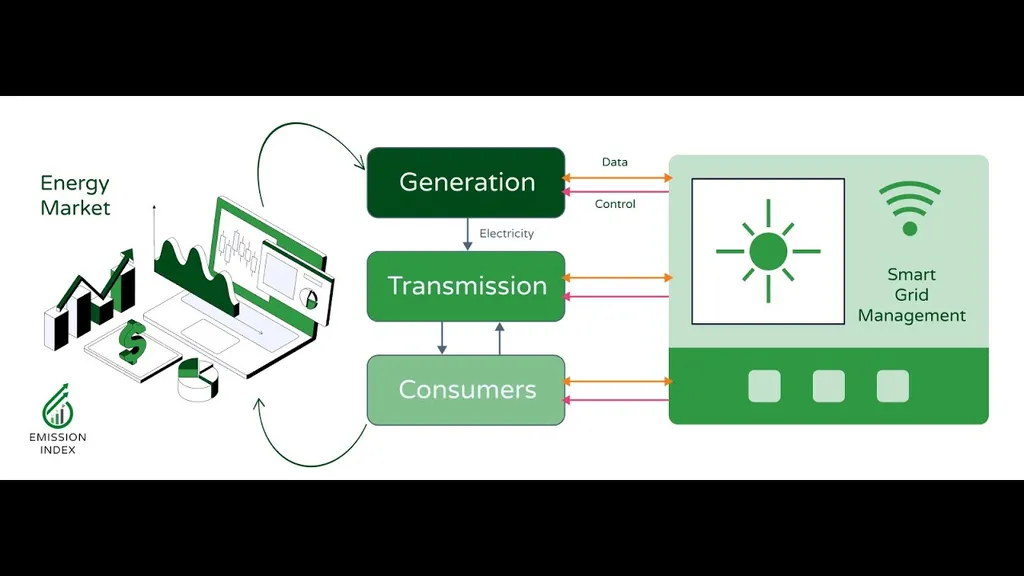In a significant stride towards optimizing energy management in smart grids, researchers have developed a novel approach that could revolutionize how we integrate photovoltaic (PV) systems and electric vehicles (EVs). The study, led by Ossama Dankar from the ECE Department at Beirut Arab University, introduces a neural network-based model predictive control (NN-MPC) framework designed to enhance the efficiency and reliability of grid-connected PV–battery–EV systems.
The growing adoption of renewable energy sources and electric vehicles presents both opportunities and challenges for the energy sector. The intermittent nature of solar power and the variable charging demands of EVs can complicate power management, often leading to inefficiencies and increased grid dependency. Traditional methods struggle to handle the bidirectional power flow between EVs and the grid, particularly in scenarios requiring seamless transitions between vehicle-to-grid (V2G) and grid-to-vehicle (G2V) operations.
Dankar’s research addresses these challenges head-on. The NN-MPC approach combines neural networks for forecasting PV generation, EV load demand, and grid conditions with a model predictive control framework that optimizes real-time power flow under various constraints. This integration enables intelligent, adaptive, and dynamic decision-making across multiple objectives, including maximizing renewable energy usage, minimizing grid dependency, reducing transient responses, and extending battery life.
“Unlike conventional methods that treat V2G and G2V separately, our NN-MPC framework supports seamless mode switching based on real-time system status and user requirements,” Dankar explained. This adaptability is crucial for future smart grids that require bidirectional energy management between distributed energy resources and electric vehicles.
The simulation results are promising. The NN-MPC approach demonstrated a 12.9% improvement in V2G power delivery, an 8% increase in renewable energy utilization, and a 50% reduction in total harmonic distortion (THD) compared to traditional proportional-integral (PI) control. These improvements highlight the practical effectiveness and robustness of the NN-MPC framework, making it a viable solution for the energy sector.
The implications of this research are far-reaching. As the energy sector continues to evolve, the need for efficient and reliable energy management systems becomes increasingly critical. The NN-MPC approach could play a pivotal role in shaping the future of smart grids, enabling better integration of renewable energy sources and electric vehicles. This could lead to reduced grid dependency, improved energy efficiency, and enhanced grid stability, ultimately benefiting both consumers and the environment.
Published in the journal “Electricity,” this research represents a significant step forward in the field of energy management. As the world moves towards a more sustainable and interconnected energy future, innovations like the NN-MPC framework will be essential in ensuring a reliable and efficient power supply. The work of Ossama Dankar and his team underscores the importance of continued research and development in this critical area, paving the way for a smarter, more resilient energy grid.

